Fix Windows Update Error 0x80080005
Get Free Scanner and check your computer for errors
Fix It NowTo fix found issues, you have to purchase the full version of Combo Cleaner. Free trial available. Combo Cleaner is owned and operated by Rcs Lt, the parent company of PCRisk.com read more.
8 Ways to Fix Windows Update Error Code 0x80080005
The Windows Update service is prone to having various problems. This article is dedicated to Windows 10 Update Error 0x80080005, one of many errors you can encounter while updating Windows 10.
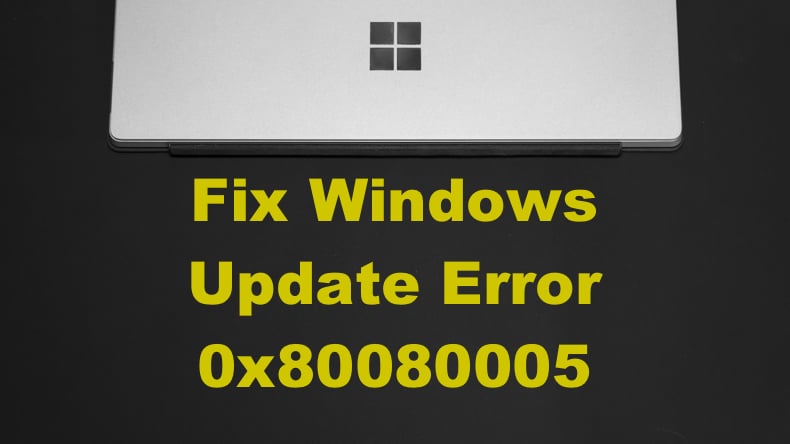
Sometimes, the Windows Update service runs into problems that prevent it from installing updates. Many users have complained that whenever they try to Update Windows 10, they get an error that says:
"There were some problems installing updates, but we'll try again later. If you keep seeing this and want to search the web or contact support for information, this may help: (0x80080005)"
What Causes This Error and How to Fix it
The main reason you may get error 0x80080005 is antivirus or some other security software blocking the Background Intelligent Transfer Service (BITS). As a result, the system security descriptors are then unable to access the System Volume Information folder.
Therefore, to resolve the issue, try to temporarily disable your third-party antivirus program and then try updating Windows.
If disabling your antivirus program doesn't fix error 0x80080005, you may also try running the Windows Update troubleshooter. However, there's no guarantee that the Update troubleshooter will resolve the issue.
Other methods known to fix error 0x80080005 effectively include resetting SoftwareDistribution and catoot2 folders, performing a DISM health scan, and performing an SFC scan.
Video Guide on How to Fix Windows Update Error 0x80080005
Table of Contents:
- Introduction
- Solution 1. Run Windows Update Troubleshooter
- Solution 2. Use Windows 10 Update Assistant
- Solution 3. Clean the Windows Update Cache
- Solution 4. Take ownership of System Volume Information directory
- Solution 5. Enable download of Optional features directly from Windows Update
- Solution 6. Run the System File Checker (SFC) Scan
- Solution 7. Run the Deployment Image & Servicing Management (DISM) Scan
- Solution 8. Reset Windows Update Components Manually
- Video Guide on How to Fix Windows Update Error 0x80080005
Download Computer Malware Repair Tool
It is recommended to run a free scan with Combo Cleaner - a tool to detect viruses and malware on your device. You will need to purchase the full version to remove infections. Free trial available. Combo Cleaner is owned and operated by Rcs Lt, the parent company of PCRisk.com read more.
Solution 1. Run Windows Update Troubleshooter
You should start fixing Windows Update Error 0x80080005 by running the Windows Update Troubleshooter, specifically designed to resolve all update-related problems.
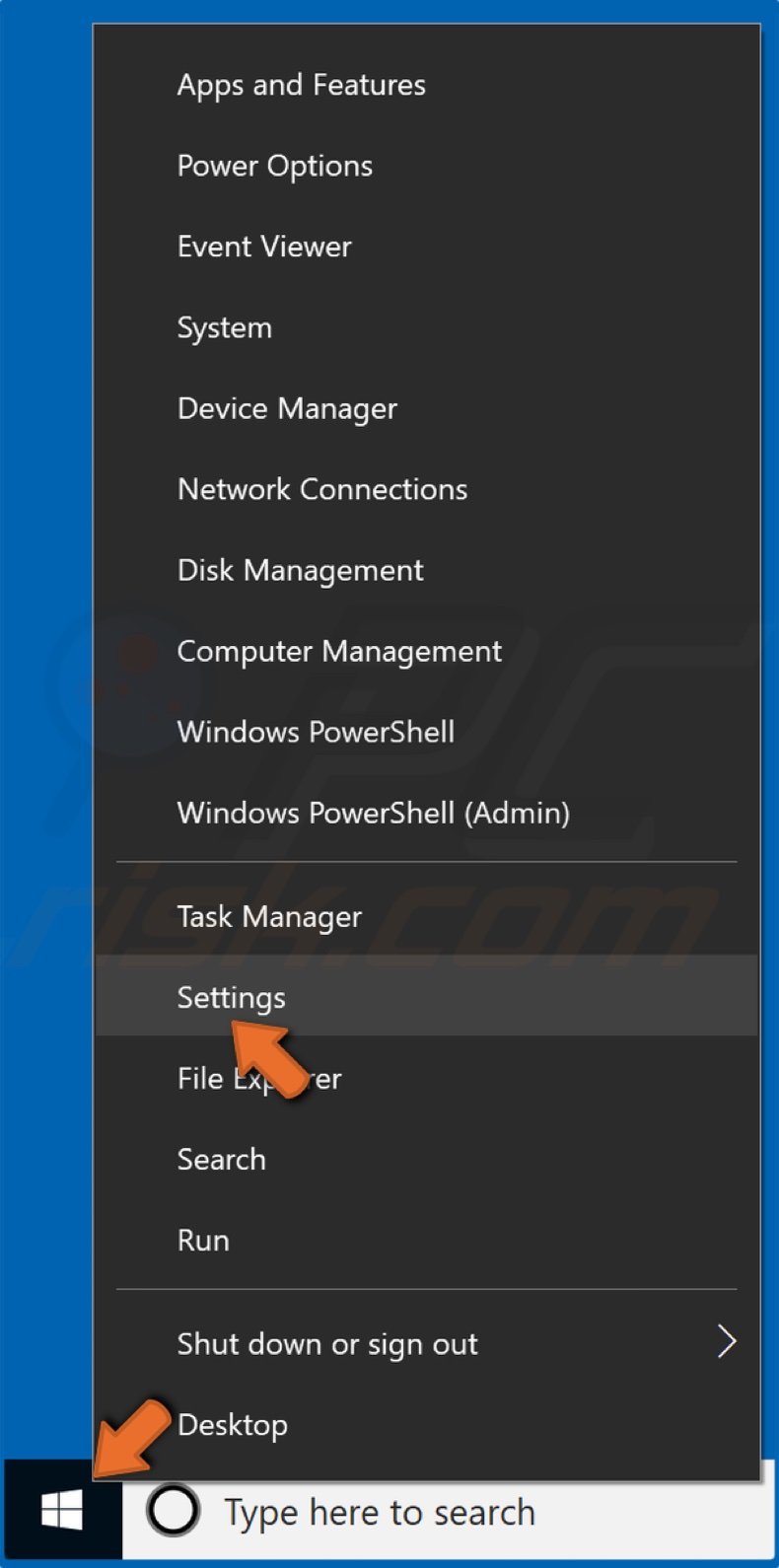
1. Right-click the Start Menu button and click Settings.
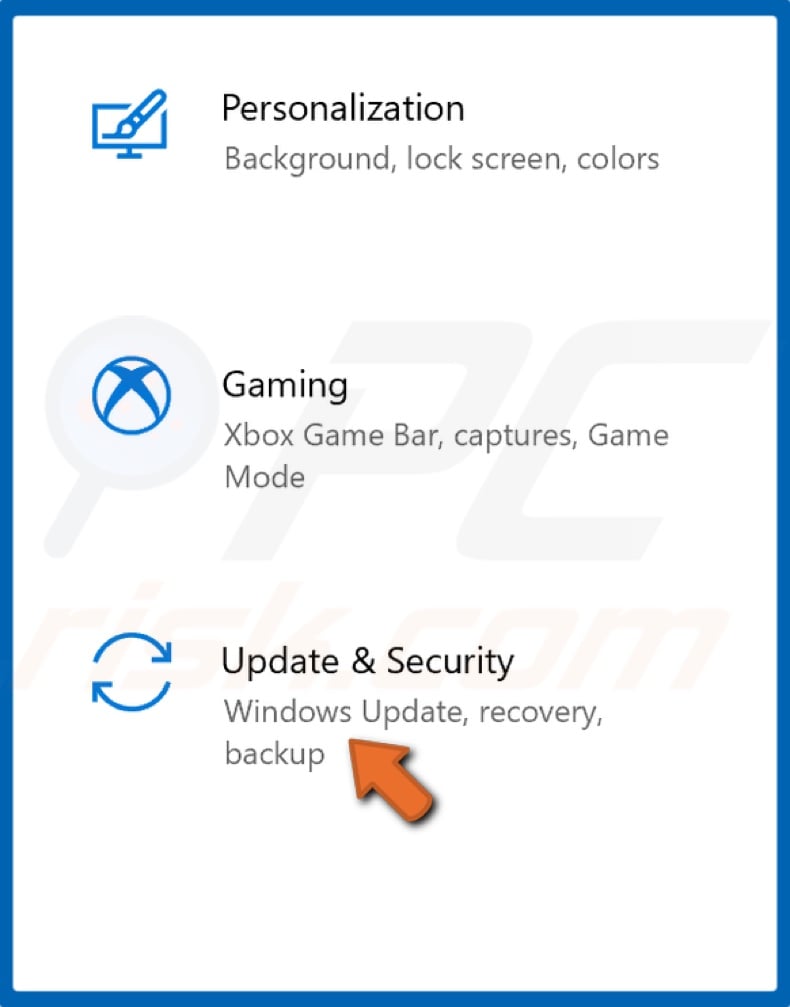
2. Go to Update & Security.
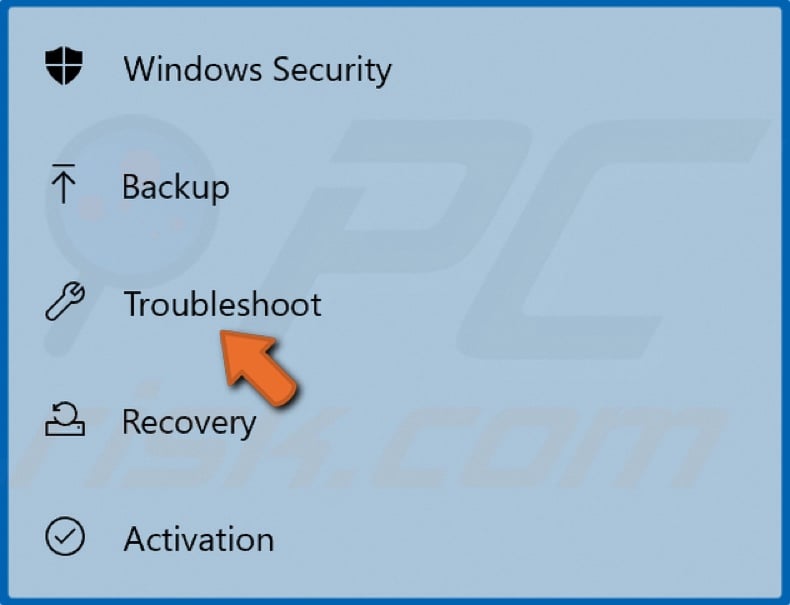
3. Then, click Troubleshoot.
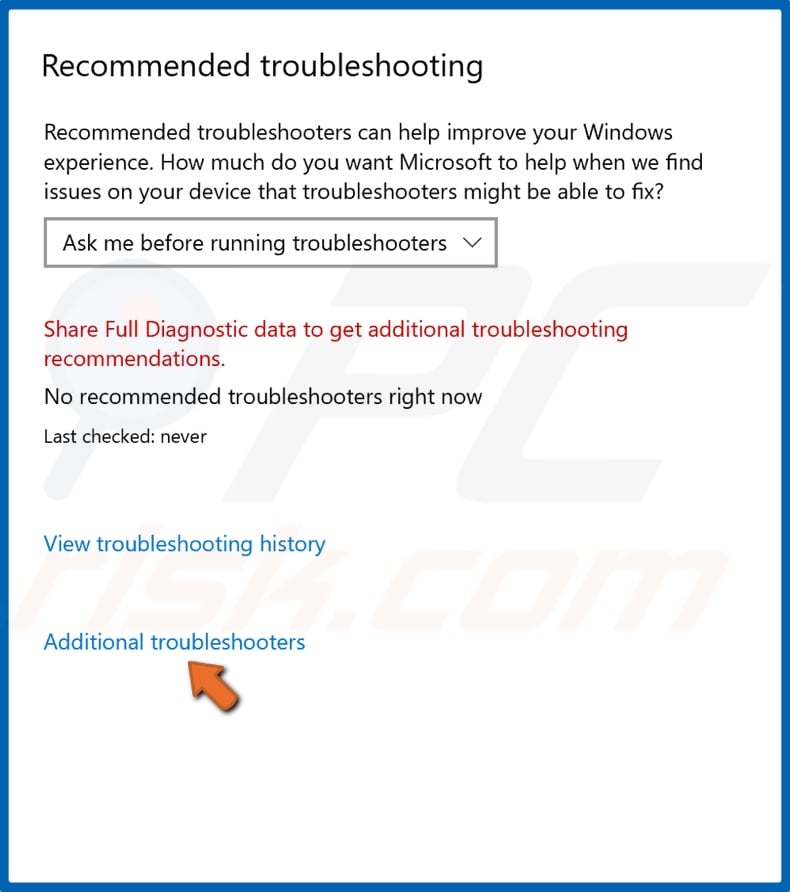
4. Click Additional troubleshooters.

5. Select Windows Update and click Run the troubleshooter.
Solution 2. Use Windows 10 Update Assistant
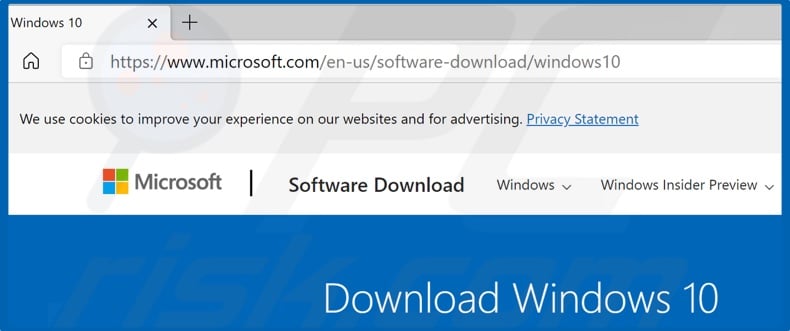
1. Open your web browser and go to the Windows 10 Update Assistant download page.
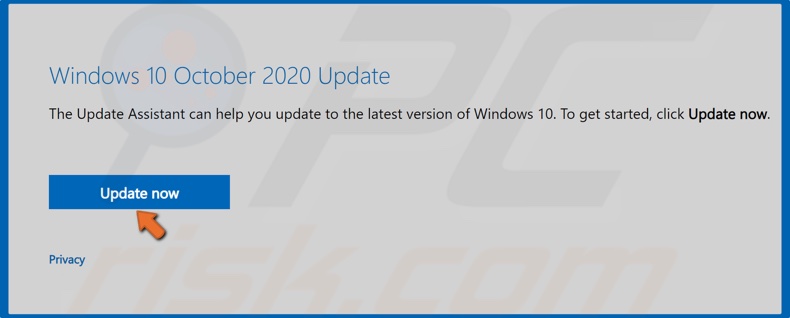
2. Click Update now to download the Windows 10 Update Assistant.
3. Then, run the Update Assistant.
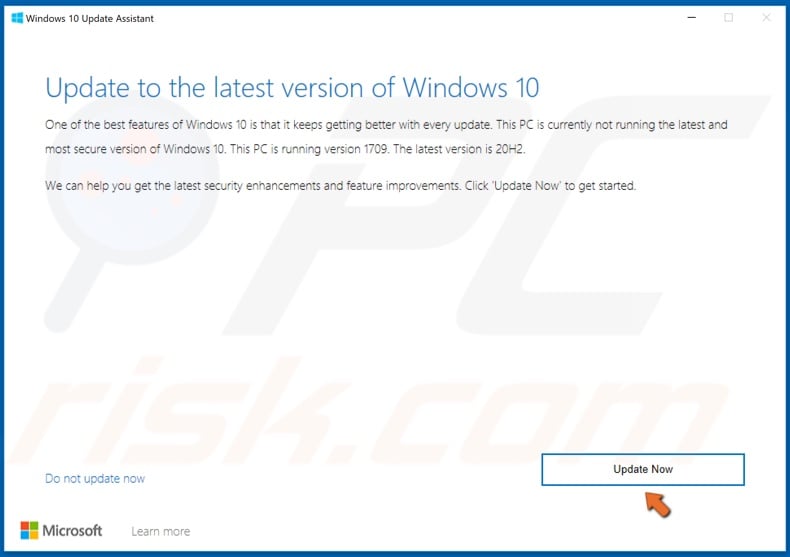
4. The Windows 10 Update Assistant will check your Windows version. Click Update Now.
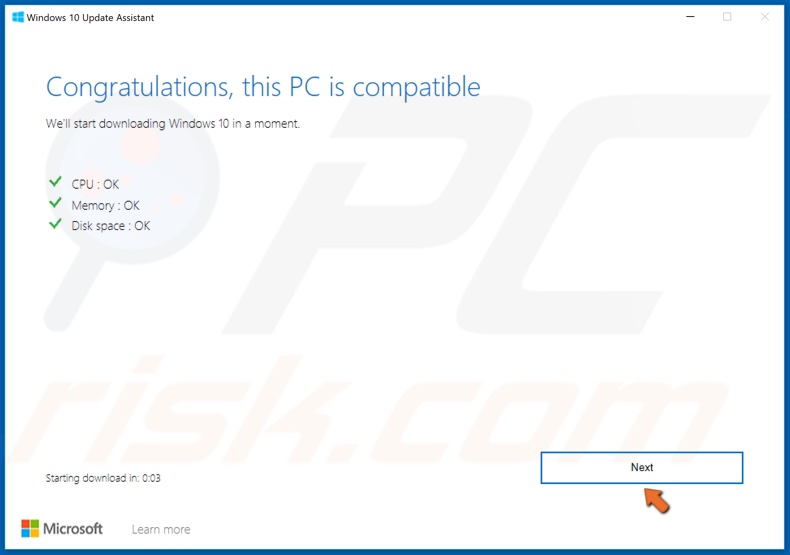
5. Then, click Next.
6. Wait for Windows to update. Take note that the update process may take a while.
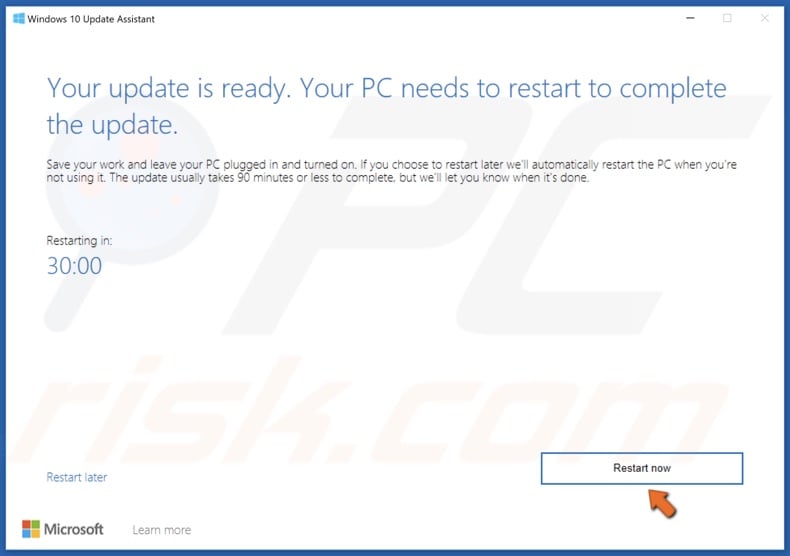
7. Click Restart now when prompted.
Solution 3. Clean the Windows Update Cache
1. Hold down Windows+R keys to open the Run dialog box.

2. Type in CMD in the Run dialog box and hold down Shift+Ctrl+Enter keys to open the elevated Command Prompt.
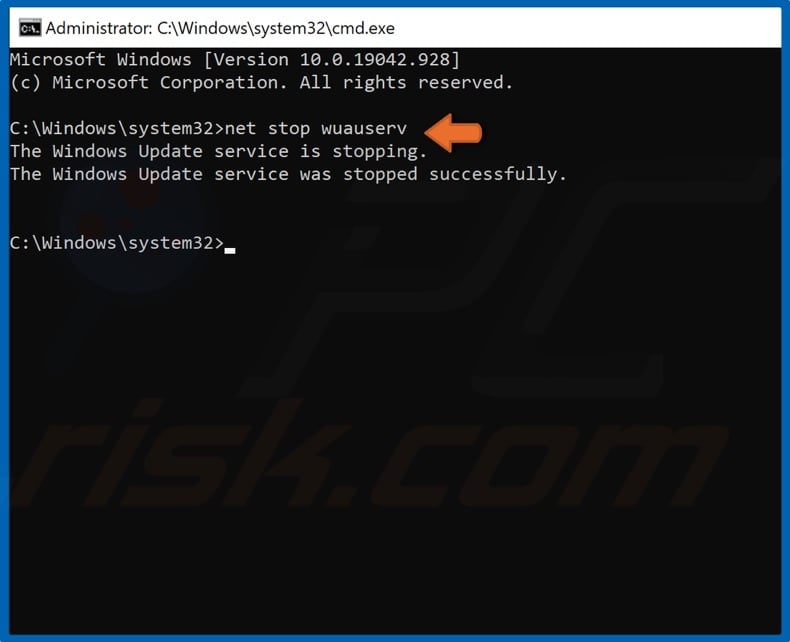
3. In the Comand Prompt Window, type in net stop wuauserv to stop Windows Update Service.
4. Close the Command Prompt.

5. Then, hold down Windows+R keys to open the Run dialog box.
6. Type in %windir%\SoftwareDistribution\DataStore in and click OK.
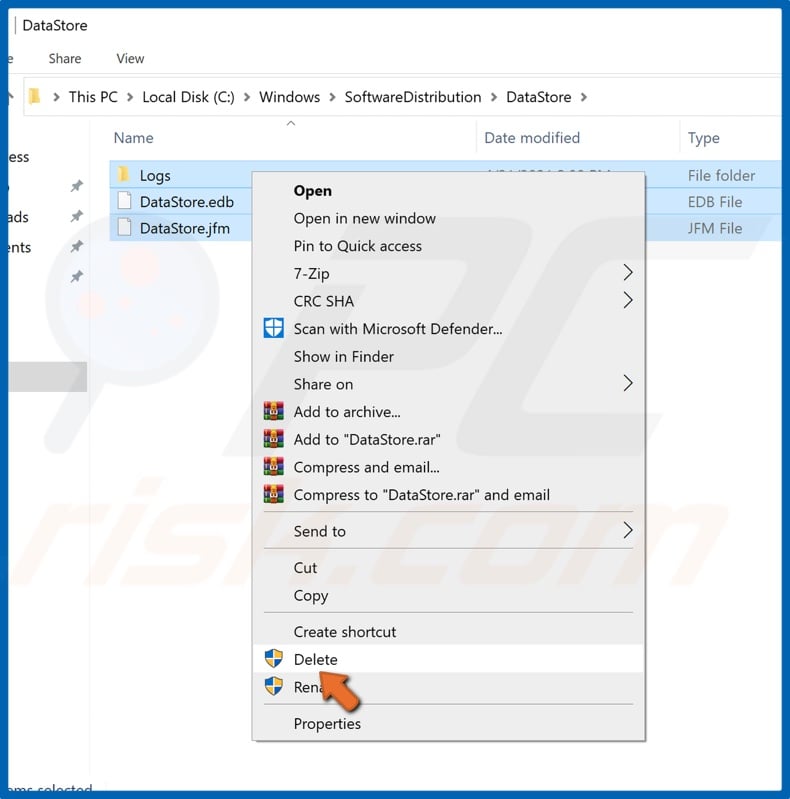
7. Hold down Ctrl+A to select all files in the folder. Right-click the selection and click Delete.
Solution 4. Take ownership of System Volume Information directory
1. Hold down Windows+R keys to open the Run dialog box.

2. Type in CMD in the dialog box and hold down Shift+Ctrl+Enter keys to open elevated Command Prompt.
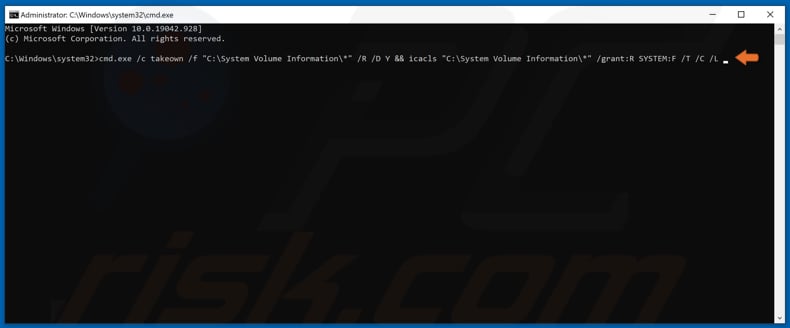
3. In the Command prompt window, type in cmd.exe /c takeown /f "C:\System Volume Information\*" /R /D Y && icacls "C:\System Volume Information\*" /grant:R SYSTEM:F /T /C /L and hit the Enter key.
4. Reboot your PC.
Solution 5. Enable download of Optional features directly from Windows Update
This solution won't work on Windows 10 Home Edition since the Home Edition does not have the Group Policy Editor.
1. Hold down Windows+R keys to open the Run dialog box.

2. In the Run dialog box, type in gpedit.msc and click OK.
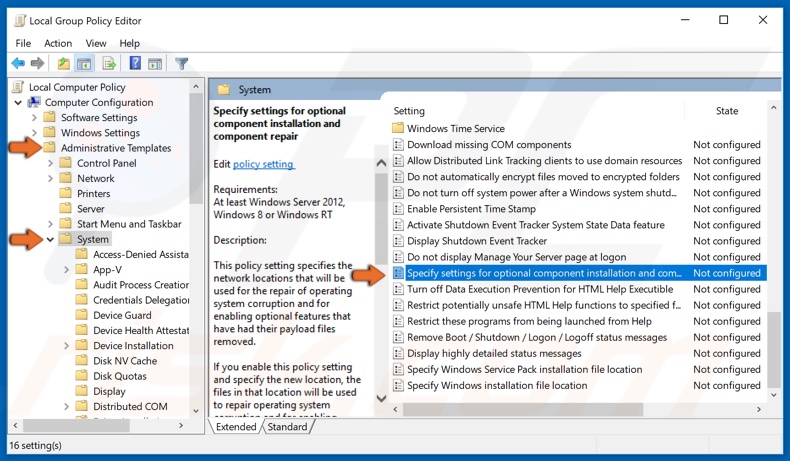
3. In the left pane, navigate to Administrative Templates.
4. Then, navigate to System.
5. In the right pane, double-click Specify Settings for Optional Content Installation.
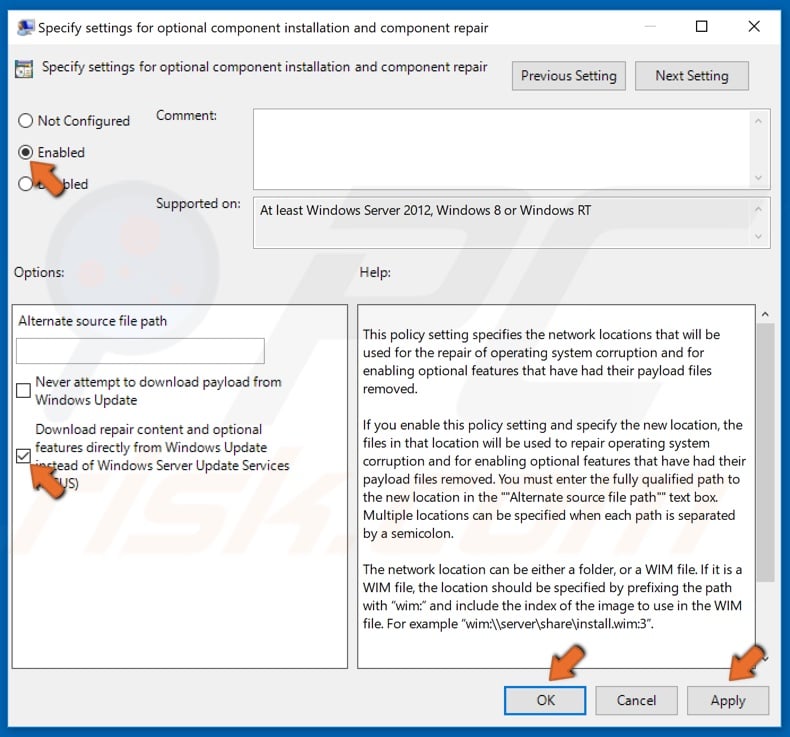
6. At the top-right of the window, tick the Enabled option.
7. Then, mark the checkbox next to Download Repair Content and options features directly from Windows Update instead of Windows Server Update Services (WSUS).
8. Click Apply and click OK to save the changes.
Solution 6. Run the System File Checker (SFC) Scan
1. Hold down Windows+R keys to open the Run dialog box.

2. In the Run dialog box, type in CMD and hold down Ctrl+Shift+Enter keys to open the elevated Command Prompt.
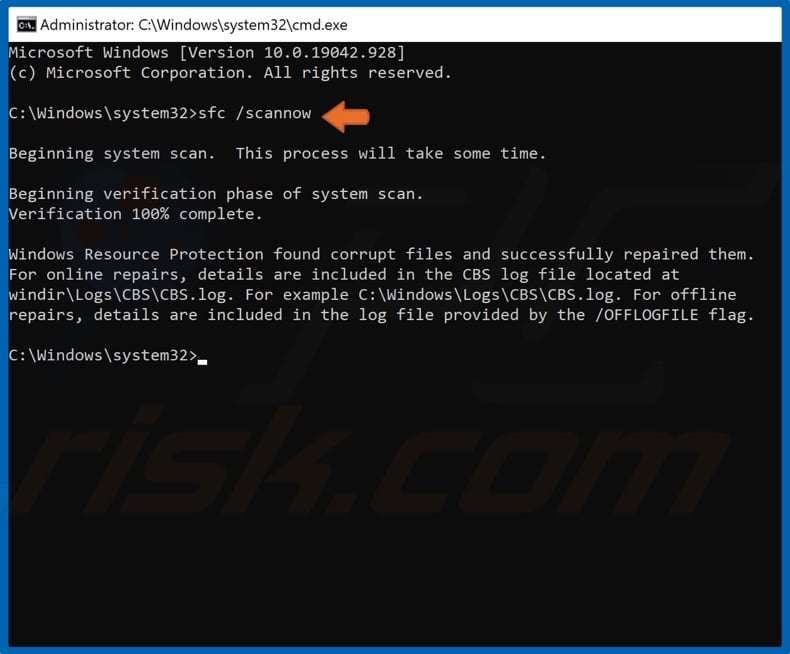
3. In the Command Prompt window, type in sfc /scannow and hit the Enter key to start the scan.
4. Once the scan has been completed, restart your PC.
Solution 7. Run the Deployment Image & Servicing Management (DISM) Scan
1. Hold down Windows+R keys to open the Run dialog box.

2. In the Run dialog box, type in CMD and hold down Ctrl+Shift+Enter keys to open the elevated Command Prompt.

3. In the Comand Prompt window, type in DISM /Online /Cleanup-Image /ScanHealth and hit the Enter key.
4. Then, type in the DISM /Online /Cleanup-Image /RestoreHealth command and hit the Enter key.
Solution 8. Reset Windows Update Components Manually
1. Hold down Windows+R keys to open the Run dialog box.

2. In the Run dialog box, type in CMD and then hold down Shift+Ctrl+Enter keys to open the elevated Command Prompt.

3. Type in the following commands and hit Enter after entering each one:
- net stop wuauserv
- net stop cryptSvc
- net stop bits
- net stop msiserver
After the services have been disabled, rename the SoftwareDistribution and Catroot2.
4. Type in ren C:\Windows\SoftwareDistribution SoftwareDistribution.old and hit Enter.
5. Then, type in ren C:\Windows\System32\catroot2 Catroot2.old and hit Enter.
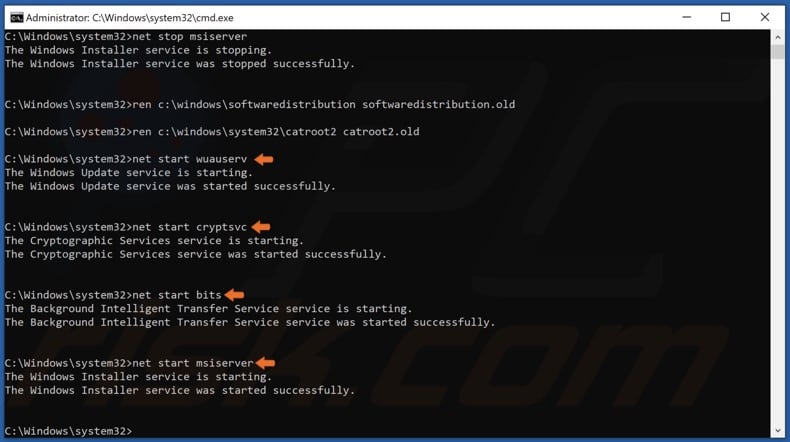
6. Type in the following commands and hit Enter after entering each one:
- net start wuauserv
- net start cryptSvc
- net start bits
- net start msiserver
Share:

Rimvydas Iliavicius
Researcher, author
Rimvydas is a researcher with over four years of experience in the cybersecurity industry. He attended Kaunas University of Technology and graduated with a Master's degree in Translation and Localization of Technical texts. His interests in computers and technology led him to become a versatile author in the IT industry. At PCrisk, he's responsible for writing in-depth how-to articles for Microsoft Windows.

▼ Show Discussion